ANIMALS
What Makes Polar Bears Seek Shelter In Abandoned Buildings?
The majestic presence of polar bears, the largest extant bear species and the unrivaled rulers of the Arctic, never fails to captivate our imagination. Typically portrayed against icy landscapes and frozen waters, these colossal land carnivores take on an entirely different aura when discovered in unexpected surroundings. Such was the case when Russian photographer Dmitry Kokh embarked on a remarkable journey to an abandoned weather station on Kolyuchin Island in the Chukchi Sea.
Constructed in 1934 and left deserted in 1992, the weather station became an unlikely stage for Kokh’s encounter with polar bears. The stark contrast of these iconic creatures strolling through what feels like a post-apocalyptic human domain adds a surreal and captivating dimension to the narrative.
In recounting the unique expedition, Kokh shared his anticipation, stating, “I always wanted to get some nice shots of polar bears, and that was the main target of our expedition. We expected to meet them mostly on Wrangel Island, famous all around the world for being home to many bears. Not this year, as we discovered later—maybe because of the very cold summer.” Nature, however, has a way of surprising us when least expected. As the expedition sailed past Kolyuchin Island near the Northern coast of Chukotka, a glimpse of movement in the abandoned windows piqued their curiosity. To their astonishment, it was a congregation of polar bears in a setting never before witnessed—an extraordinary, once-in-a-lifetime scenario.
The photographer’s encounter on Kolyuchin Island produced captivating images and served as a poignant reminder of the resilience and adaptability of these magnificent creatures in the face of changing environments. It unveils a chapter in the polar bears’ story that transcends the frozen Arctic landscapes, inviting us to marvel at the unexpected beauty and mysteries that nature unfolds in the most unlikely places.
Dmitry Kokh, a wildlife photographer, captured captivating and unique images of polar bears near a deserted weather station

Image credits: Dmitry Kokh
The photo titled “Summer Season,” featuring a polar bear in a window, won a competition by “Russia’s Wildlife” magazine for the best depiction of wildlife in a man-made setting.
The photographer journeyed to the farthest and easternmost point of the Russian Arctic for these shots.
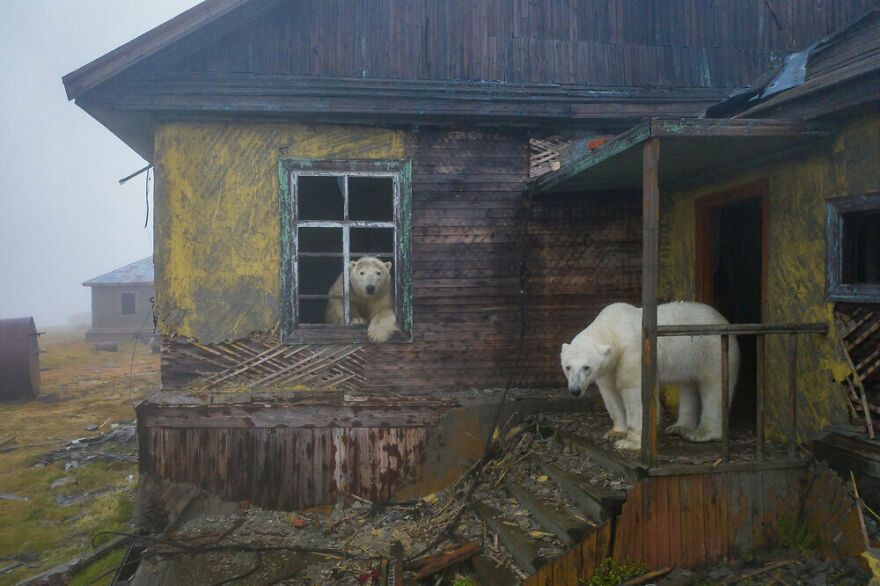
Image credits: Dmitry Kokh
Situated in the Chukchi Sea, Kolyuchin Island hosts an abandoned weather station, established in 1934 and closed in 1992. Witness to time’s passage, it unveils the Arctic outpost’s history and mysteries.
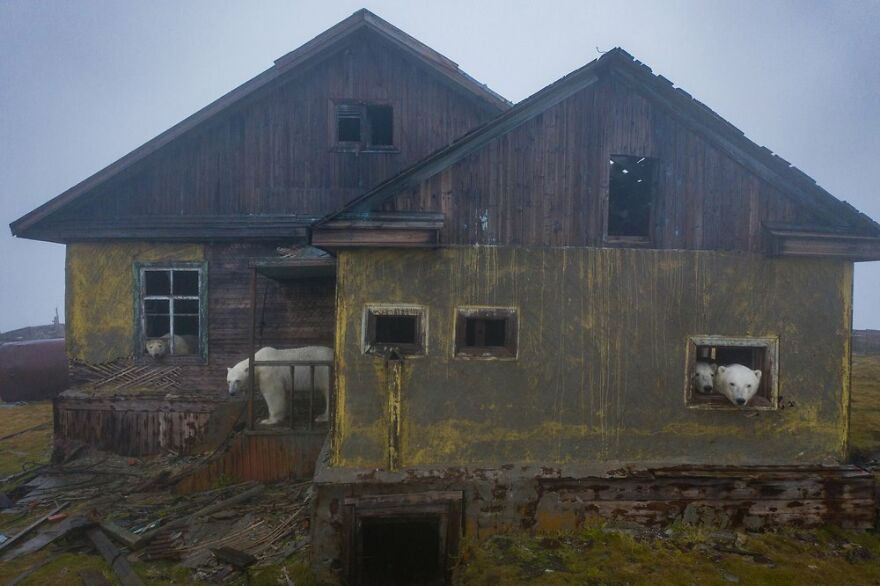
Image credits: Dmitry Kokh
“After a much-anticipated journey to Chukotka and Wrangel Island, I’m back at last. Situated in the remote and easternmost reaches of the Russian Arctic, this destination proves challenging to reach yet impossible to erase from memory. Our expedition involved navigating the coast via a sailing yacht, traversing over 1200 miles of pristine landscapes, time-forgotten villages, diverse fauna, and teeming seas,” shared Dmitry on his Instagram.

Image credits: Dmitry Kokh
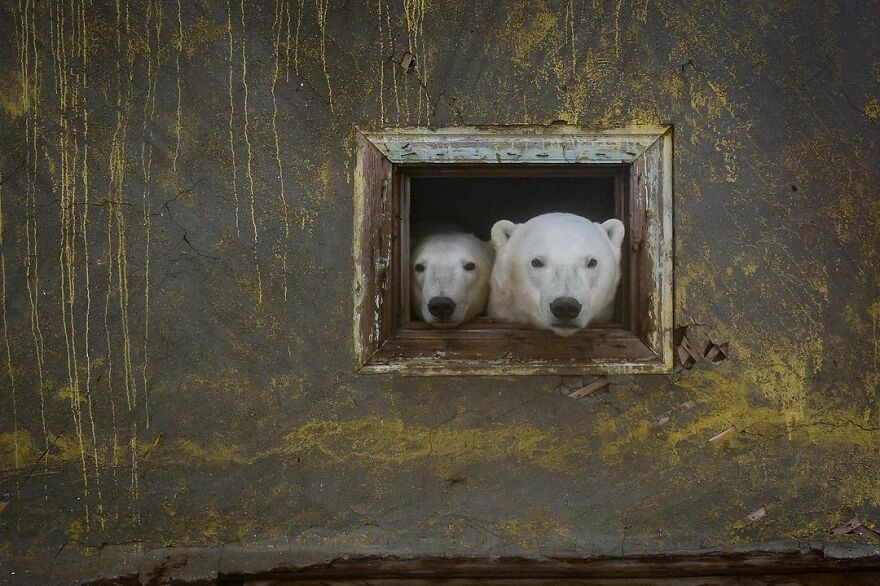
Image credits: Dmitry Kokh
If someone inquired about our envisioning of the apocalypse, this depiction closely aligns with our perception.

Image credits: Dmitry Kokh
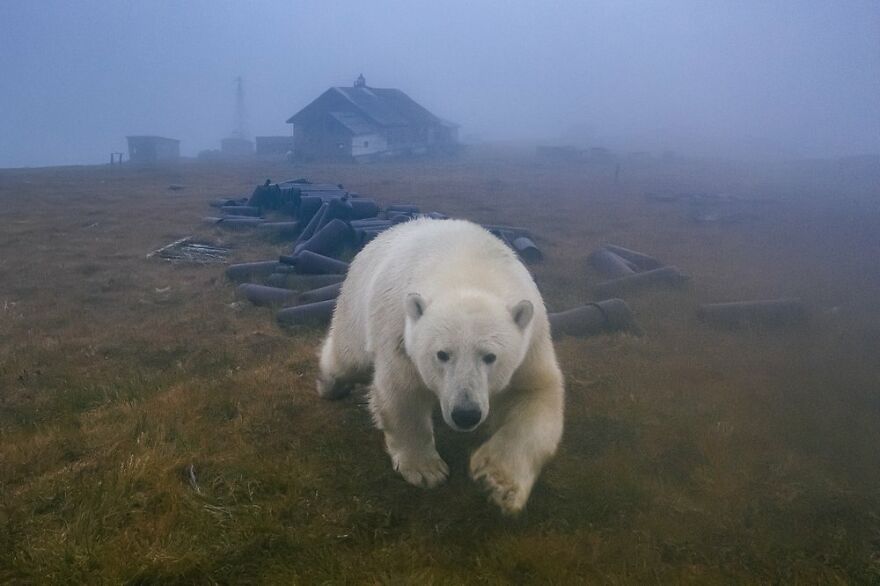
Image credits: Dmitry Kokh
The photographer expressed a long-standing desire to capture captivating images of polar bears, highlighting that these majestic creatures were the primary focus of their expedition.
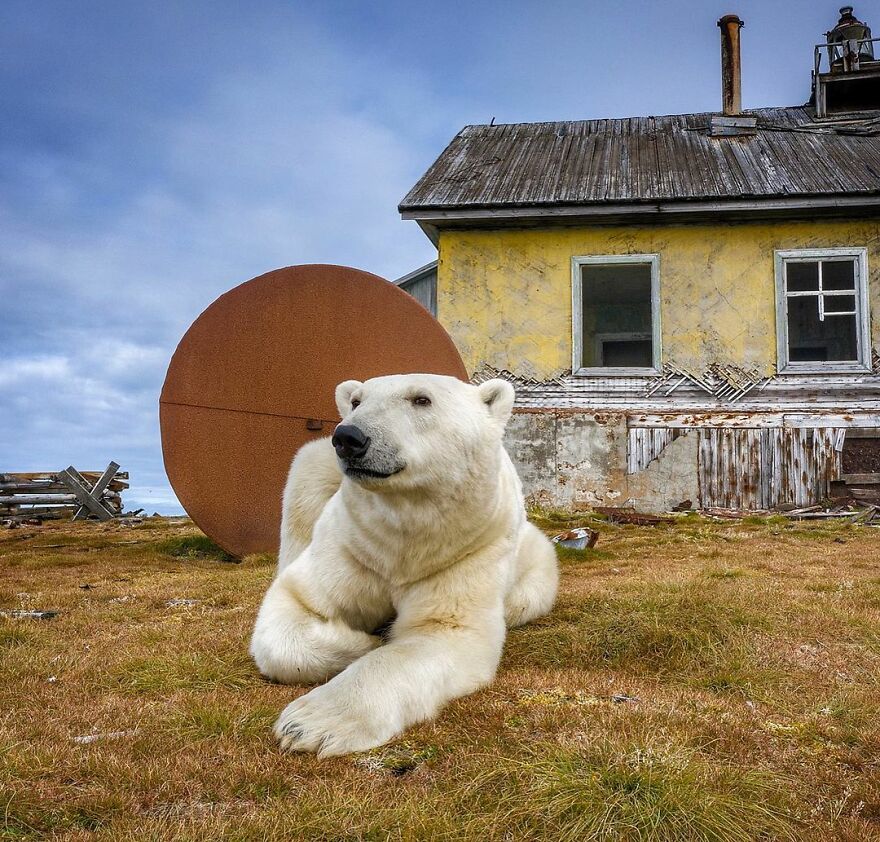
Image credits: Dmitry Kokh
The commonplace scenario of the largest land carnivores simply relaxing and enjoying their surroundings.
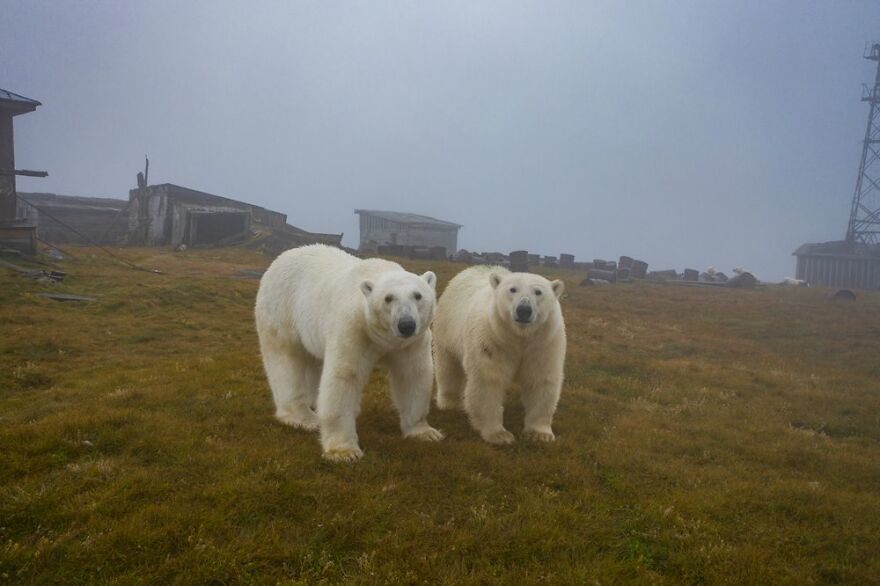
Image credits: Dmitry Kokh
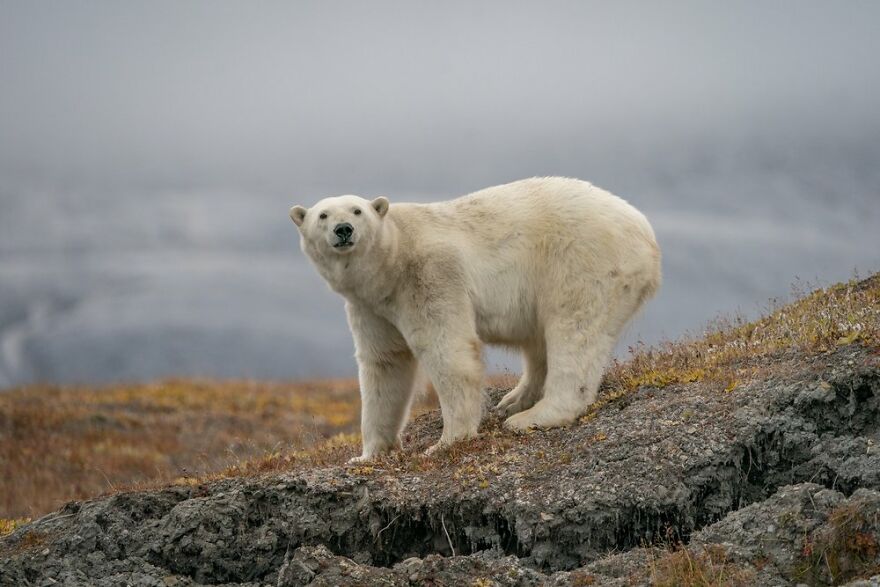
Image credits: Dmitry Kokh

Image credits: Dmitry Kokh
Witness these extraordinary bears in captivating and dynamic action.
Dmitry has skillfully documented polar bears in their more typical and familiar habitat as well.
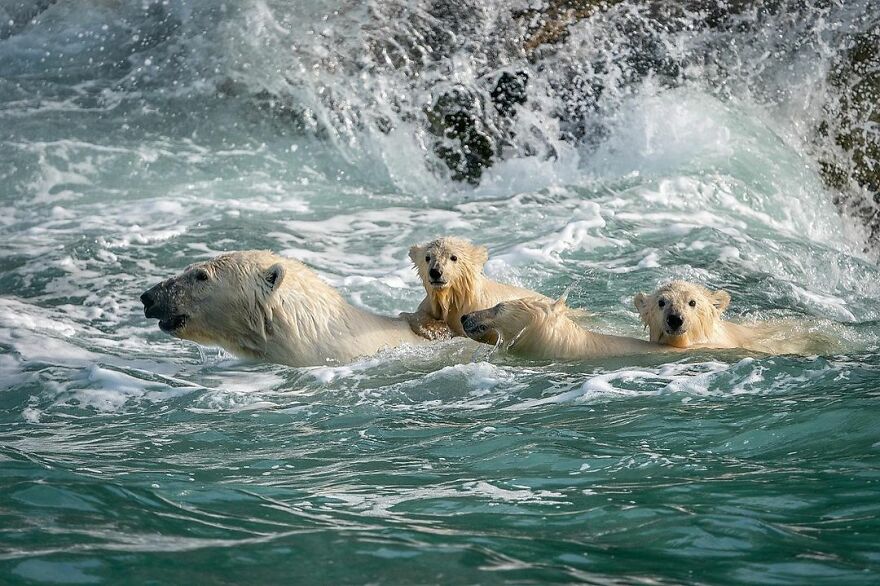
Image credits: Dmitry Kokh

Image credits: Dmitry Kokh
Gratitude for skilled artists such as this enables us to perceive the world beyond the confines of our everyday routines.
